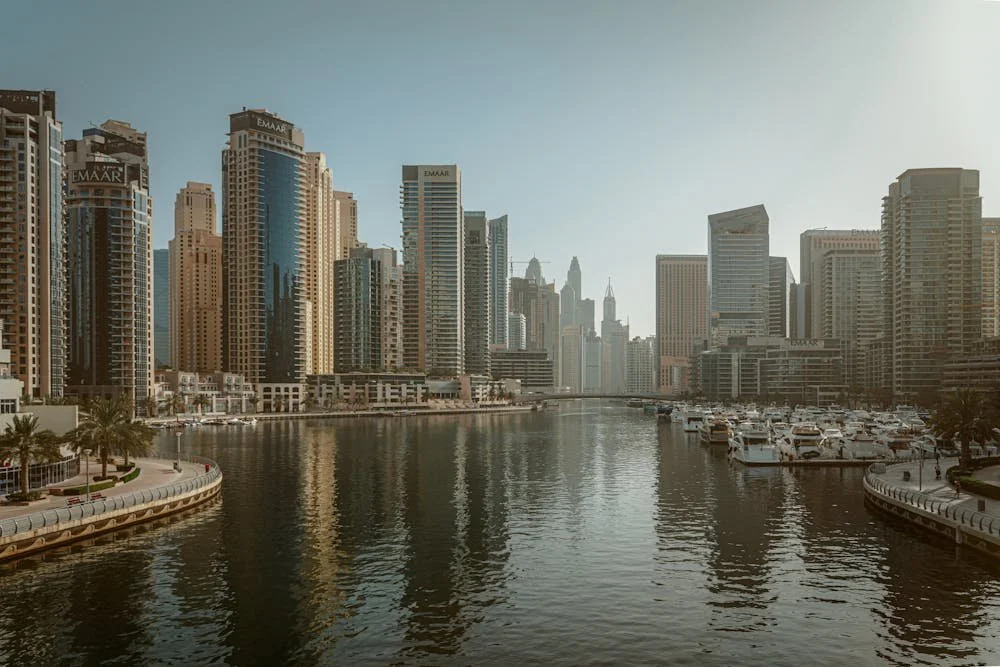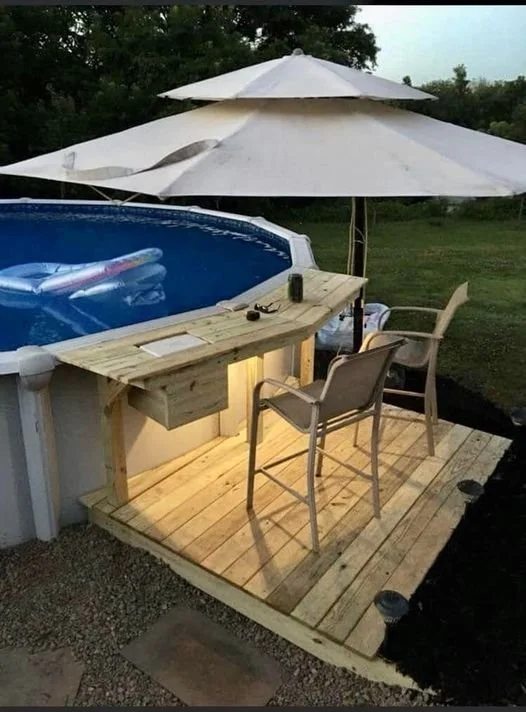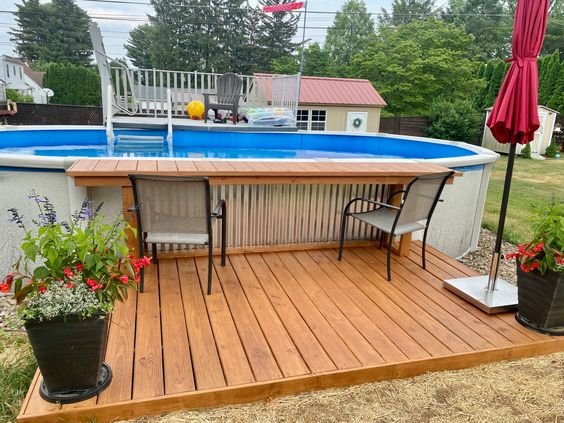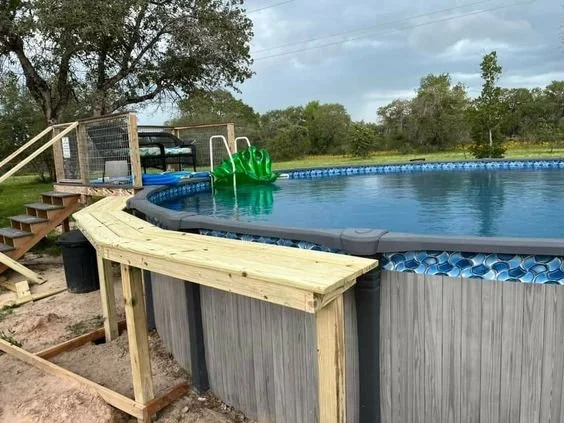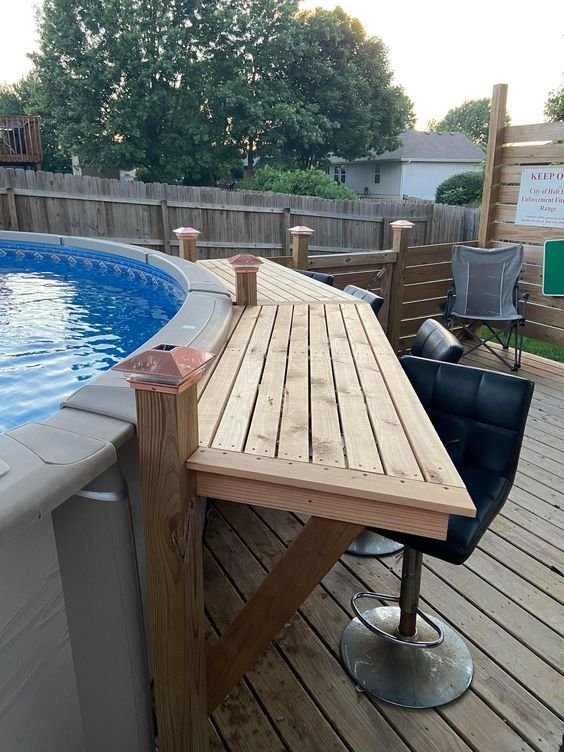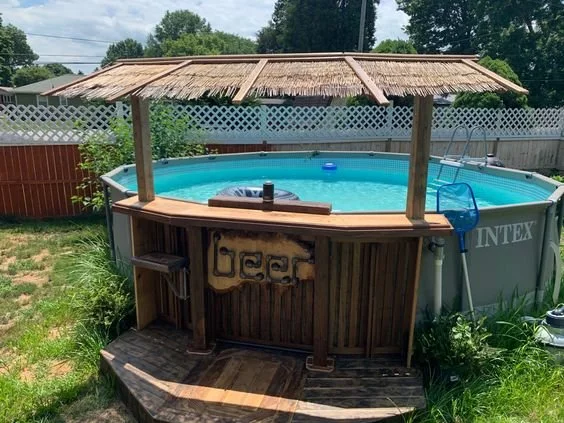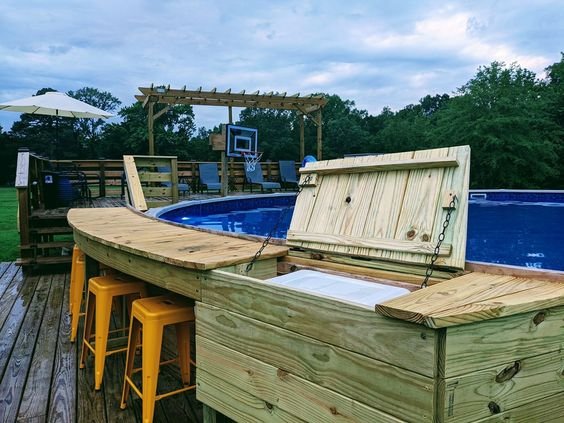Exploring the Hidden Dangers of Burst Pipes for Your Large Backyard
RH Business Marketing Solutions
A large backyard offers a serene escape from the hustle and bustle of everyday life. However, beneath its tranquil surface lies a potential threat that could turn your sanctuary into a disaster zone-burst pipes.
This blog post will reveal the hidden dangers of burst pipes in your backyard and provide expert tips to prevent and protect your home. Let's begin!
Soil Erosion
When pipes burst, water will gush out and create a channel for it to flow through. This constant stream of water can erode the surrounding soil, causing damage to your landscape and potentially compromising the stability of your home's foundation.
To prevent this from happening, make sure to regularly inspect your backyard for any signs of leaking or damaged pipes. If you notice any issues, address them immediately before they escalate into a full-blown disaster.
Take note that soil erosion can also occur due to poor drainage in your backyard, so it's essential to maintain a proper slope and implement effective drainage systems.
Structural Damage
Burst pipes can also lead to structural damage if left unattended. Constant exposure to water can weaken the foundation of your home, making it susceptible to cracks and shifts.
To prevent this, make sure to regularly check the area around your pipes for any signs of moisture or leaks.
If you detect any issues, contact a professional plumber right away to fix them before they cause significant damage. Especially during a plumbing emergency, it's crucial to take immediate action and prevent further damage to your home.
Increased Water Bills
One of the most common consequences of burst pipes is a sudden increase in water bills. Since these pipes are usually hidden beneath the ground, it can take some time to notice any leaks or damage, resulting in a higher-than-usual water bill.
To avoid this, keep an eye on your water usage and be vigilant for any unexpected spikes. If you do notice a significant increase, it's best to have your pipes checked by a professional plumber to prevent further damage.
Mold and Mildew Growth
Excess moisture from burst pipes can create the perfect environment for mold and mildew to thrive. These harmful substances not only cause damage to your home, but they can also lead to health issues such as allergies and respiratory problems.
To prevent mold and mildew growth, make sure to address any leaks or damage in your backyard immediately. You should also regularly inspect areas where water may collect, such as around outdoor faucets or sprinkler systems.
Damage to Underground Utilities
Burst pipes can also cause damage to underground utilities, such as gas or electric lines. This not only poses a safety risk but can also result in costly repairs.
To protect your underground utilities, make sure to have a professional locate and mark them before digging in your backyard. It's also important to be aware of the location of these utilities and avoid planting trees or shrubs too close to them.
Learn to Handle Burst Pipes for Your Large Backyard
Burst pipes in your large backyard can cause various threats to your home and the surrounding area. By taking these preventative measures, you can protect your sanctuary and ensure a peaceful and worry-free backyard experience.
Remember to always consult a professional plumber for any repairs or maintenance needs. Stay vigilant and stay safe!
Should you wish to explore other reads, head to our blog section. We've got more!



